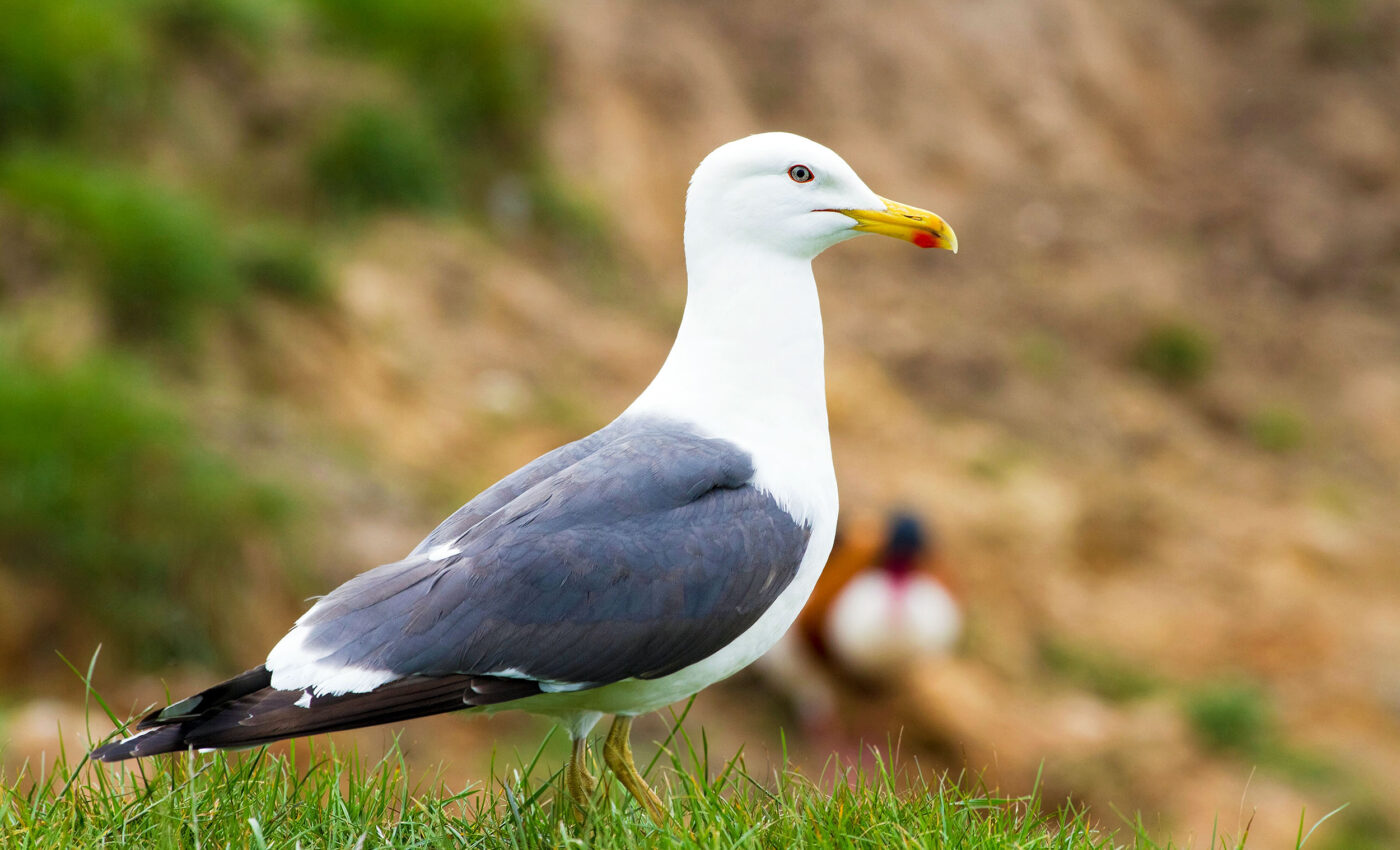
Gulls are shifting their habitats to urban areas
A recent study researchers from the University of Alaska Fairbanks has made a significant discovery regarding the behavior and habitat of short-billed gulls.
The team, led by Falk Huettmann, found that these gulls have been shifting from their typical coastal habitats to urban environments.
The study stands out as the first to compile a comprehensive three-year dataset using a citizen science approach to include a wide sample of gulls and other birds in urban Alaska, offering a new perspective on this habitat shift.
New perspective on the habitats of gulls
The research revealed that short-billed gulls, typically found along coastlines and near water sources, have been occupying areas usually associated with scavenging ravens.
These areas include parking lots of supermarkets and fast-food restaurants, as well as human-made structures like industrial gravel pads and garbage dumpsters.
The study’s findings are particularly noteworthy because they indicate a significant change in the gulls’ behavior and habitat preferences.
To conduct the study, Huettmann and his team utilized artificial intelligence modeling, which was fed environmental variables specific to locations to predict information about gull occurrences.
This method also mirrored a previous study on the distribution of the great gray owl.
The researchers used U.S. census data and urban municipality data, considering factors such as distances to roads, restaurants, waterways, and waste transfer stations.
Mirroring the real-world environment
Moriz Steiner, a graduate student in Huettmann’s lab, emphasized the importance of using socioeconomic datasets.
“It allows us to mirror the real-world environment and simulate a situation as true to nature as possible by including them as variables in the models,” he explained.
This approach helped the researchers understand the underlying reasons behind the gulls‘ transition to urban landscapes, which is mainly driven by the availability of human food sources and industrial changes.
Implications and changing dynamics
The study has significant implications for understanding how human activities and urbanization impact wildlife behavior.
It also raises concerns about the health and longevity of these birds, as the food they find in urban areas, particularly from fast-food restaurants, can be detrimental due to high quantities of salt, fat, sugar, grease, and contaminants.
Furthermore, the presence of gulls in urban areas can pose health risks, as they are known vectors of diseases like avian influenza and salmonella, which can be transferred to humans.
Huettmann’s research underscores the changing dynamics of wildlife due to human influence and highlights the need for improved wildlife conservation efforts.
“This kind of information is providing a more holistic picture of how human influence on the environment is changing what we otherwise know as natural. Using machine learning will help us, hopefully, to advocate for improved wildlife conservation,” he concluded.
More about gulls and their habitats
Gulls, often recognized as the quintessential seabirds, thrive in an astonishingly wide range of habitats, demonstrating remarkable adaptability and resilience.
As discussed above, these birds are not strictly coastal creatures. Their habitats extend far beyond the familiar shores to include inland areas, urban landscapes, and even Arctic regions.
Coastal regions
Primarily, gulls inhabit coastal regions where they expertly exploit the rich marine resources. These environments provide them with a bounty of food options, from fish to marine invertebrates.
The rhythmic dance of the tides offers gulls a dynamic and ever-changing landscape in which to forage, making them adept at capitalizing on the shifting availability of resources.
Inland habitats
However, many species of gulls have expanded their habitats to include inland areas, such as lakes, rivers, and wetlands. Here, they display their versatility by feeding on freshwater fish, insects, and even small rodents.
The presence of gulls around these freshwater sources is a testament to their ecological adaptability and the broad scope of their dietary preferences.
Gulls living in urban habitats
Urban environments also serve as unconventional habitats for these resourceful birds. Gulls often frequent cityscapes, where they scavenge for food in waste dumps and heavily populated areas.
Their intelligence and opportunistic nature enable them to navigate the urban jungle successfully, exploiting the waste generated by human activities.
Some gulls endure extreme habitats
Remarkably, some gull species have adapted to life in extreme conditions, such as the Arctic.
These hardy birds breed and feed in these frigid environments, displaying a level of endurance that few other species can match.
Their thick plumage and ability to store fat reserves allow them to survive in these harsh climates.
In summary, gulls are are versatile and adaptable creatures that have successfully colonized a diverse range of habitats.
From the bustling coastlines to the serene inland waters, and from the urban sprawl to the Arctic tundra, gulls continue to showcase their remarkable ability to thrive in various environments.
This adaptability not only highlights their ecological importance but also reflects the incredible resilience and diversity of nature itself.
The full study was published in the journal Ecological Informatics.
—–
Like what you read? Subscribe to our newsletter for engaging articles, exclusive content, and the latest updates.
—–
Check us out on EarthSnap, a free app brought to you by Eric Ralls and Earth.com.
—–













